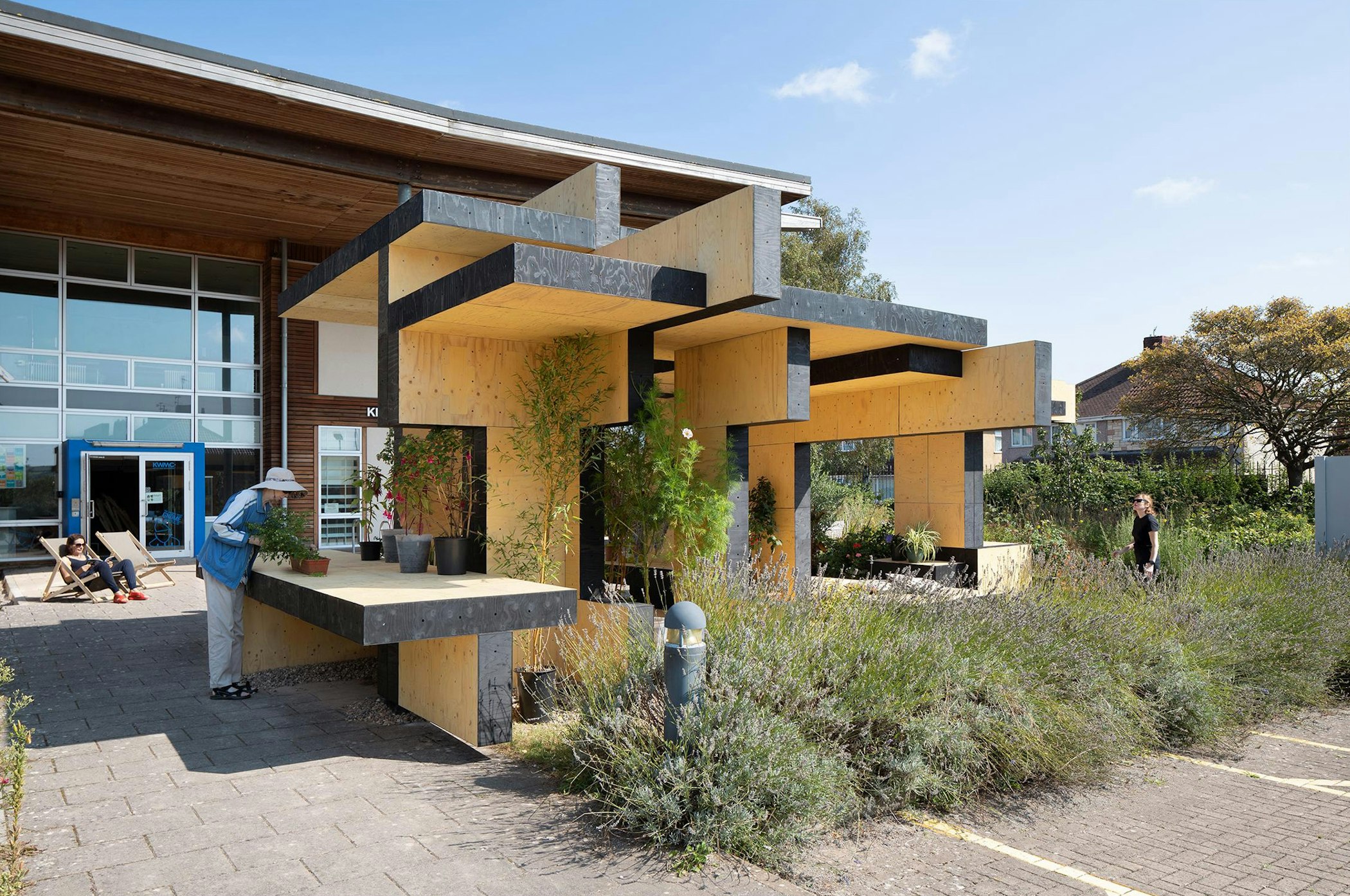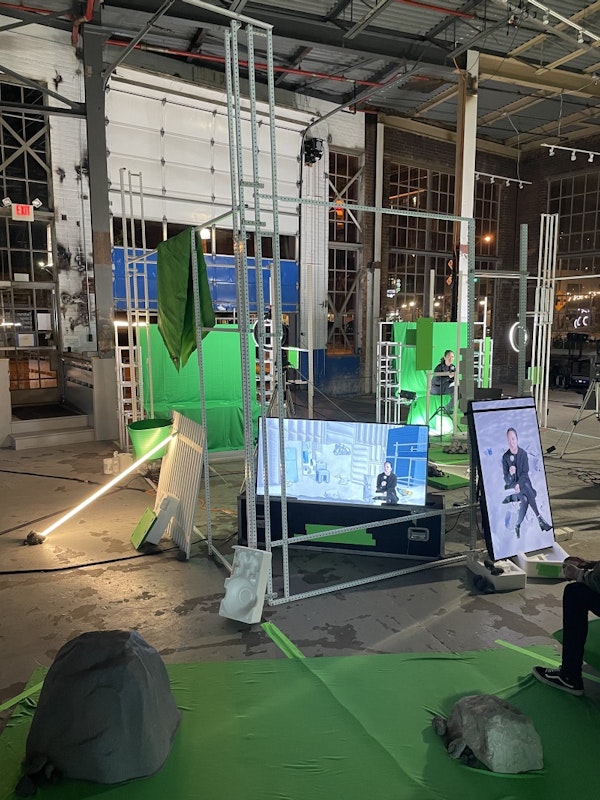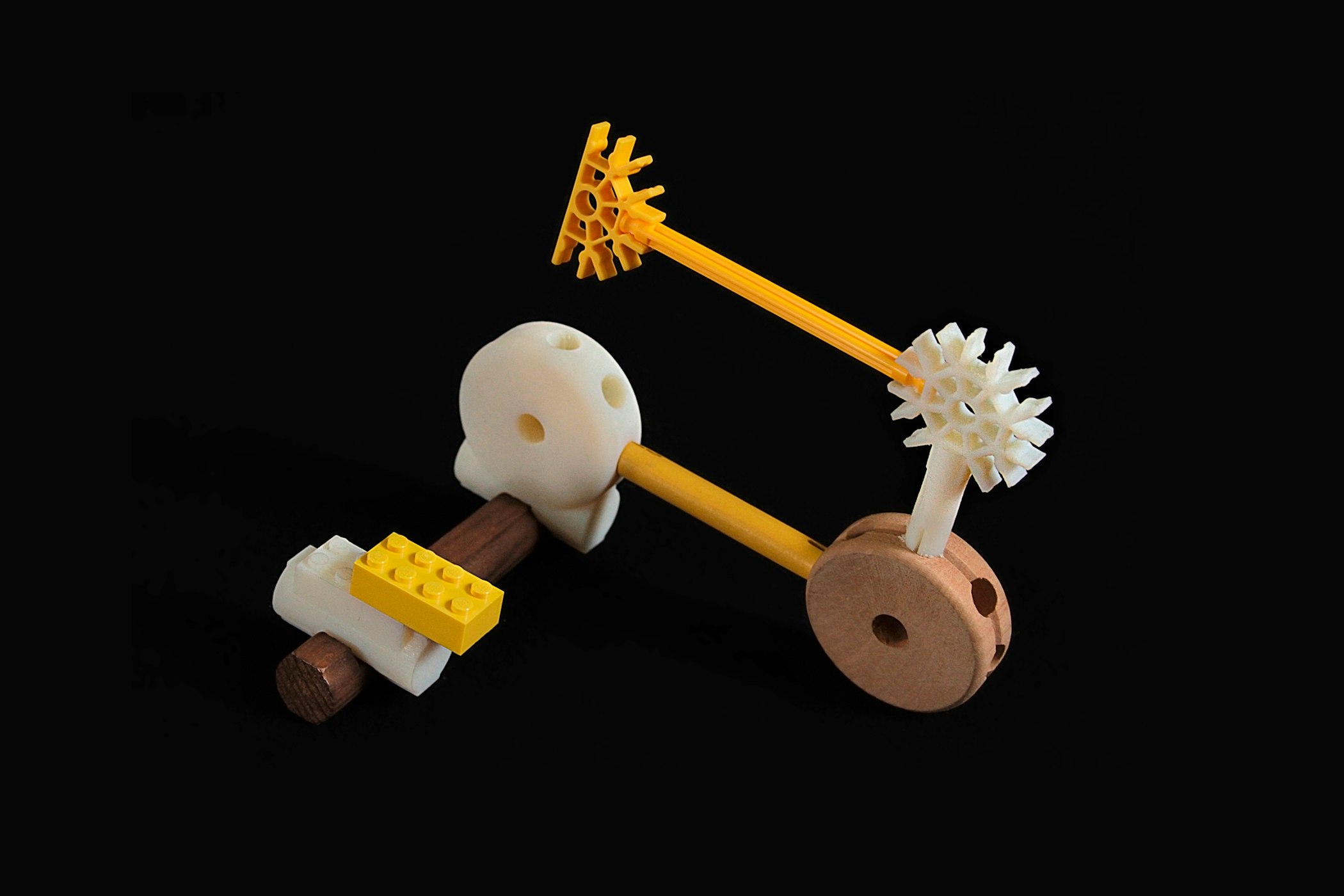In his recent 2021 executive order, President Biden put forward a series of provisions for promoting competition in the American economy. This order is considered to be an endorsement of the Right to Repair movement, which, for many years, has shed light on the monopolistic practices of corporate interests. Large corporate manufacturers have designed impediments into their products to limit the ability of third parties to take part in the industry of repairing and maintaining of consumer goods.
Examples of these exclusionary practices include the design of the Pentalobe screw by Apple [Fig. 2], a proprietary screw design that provides anti-tampering warranties due to its copyright protection. Manufacturers such as Apple continue to widen the knowledge differential gap between users and producers, perpetuating the expert / non-expert binary. The 2019 hearings for the Right to Repair movement demonstrate how corporate exclusionary practices have a monopolistic agenda and, far from protecting the consumer, instead disrupt a pluralistic economy. The expert / non-expert binary is a construct perpetuated by manufacturers and professional associations in an attempt to secure their market position. In reality, what we see is an ecology of actors with different degrees of knowledge: some with full autonomy for engaging in DIY culture; others with important competencies to repair, maintain, and alter the ‘stuff’, as termed by Laida Aguirre, that inundates our daily lives.

[Fig. 2] Detail of iPhone utilizing the Pentalobe screws designed by Apple. © Image: Sanchez
In my recent book, The Architecture for the Commons: Participatory Systems in the Age of Platforms I have problematized vertical integration: the practice of combining different productive actors under a larger umbrella. While vertical integration is argued to offer critical opportunities at the moment of optimizing the functionality between parts, it has also become a central tactic for exclusionary practices. It allows for large economic actors to create walled gardens, effectively speciating their products away from a diverse and decentralized market ecosystem.
Vertical integration has a direct impact on tectonic culture. The coalescence of parts that emerges out of a pursuit for optimization comes with social consequences, namely the exclusion of who gets to practice and who profits from material production. The contestation of tectonic culture in architecture has the potential to directly relate to questions of equity, and to challenge metrics of progress.
Two recent symposiums at the University of Michigan have brought to the foreground the sociopolitical dimension of tectonic culture. In the Material Responsibility symposium, Mollie Claypool from AUAR invited us to reconsider the composition of a construction crew, one that is no longer predominantly male. This is only possible, Claypool argued, by designing a sociotechnical infrastructure with clear metrics for societal progress. The discrete tectonics proposed intersect metrics of performance with issues of accessibility and equity. Claypool's proposition critically questions material practices that elude metrics of progress, revealing their inability to generate social value [Fig. 3].

[Fig. 3] Block West, AUAR Labs, 2020. The Bartlett School of Architecture, UCL with Knowle West Media Centre © Image: NAARO

[Fig. 5] Block West is made from Block Type A, a modular building system designed by AUAR. Block Type A uses a fixed set of Lego-like lightweight plywood building blocks that can be reconfigured into different designs over time without the need for specialised tools or expertise. © Image: NAARO
In the symposium post-commodities...architecture after stuff, Laida Aguirre questioned a culture of perpetual material production. Aguirre’s framing of material recomposition acknowledges the material legacy we designers inherit, and challenges how architectural tectonics might be tied to problems of social inequity and climate crisis. For Aguirre, “our resources should no longer come from the ground, but from the muchness we have already produced.” The physical installation that Aguirre designed for the symposium makes a manifesto of this tectonic proposition, radically reconsidering reversibility and de-composition, enabling the possibility for the parts of their architecture to find new contingent future contexts [Fig. 4].

[Fig. 4] “Post-Commodities…Architecture After Stuff”, symposium organized by Xavi ’Laida‘ Aguirre / stock_a_studio. © Image: Laida Aguirre
Far from exclusionary hermetic wholes, the propositions from Aguirre and Claypool utilize what keynote speaker Keller Easterling described as “interplay”, tectonics with enough wiggle room to adapt and resist exclusionary metrics of progress of the modern mind. By contrast, Aguirre and Claypool’s works both seek new entanglements between configurational tectonics and the public. As framed by the Right to Repair movement, the politics of tectonics in architecture is a question of “who.“ Who has the right to participate? Who defines the value systems we work towards? Or, as was framed in the recent 2021 ACADIA conference by keynote speaker Dori Tunstall, “Progress for whom?” And if we are to sustain elements of our current material culture, who profits from maintaining, repairing, altering, and upgrading? Can tectonic culture pre-engineer affordances for enabling social stewardship?
We are experiencing a reckoning within the field of architectural technology, one that has been evidenced by the last two iterations of the ACADIA conference, one of the largest peer-reviewed architecture technology conferences in the US. Tectonics represents not only the technology, but also a disposition towards material assemblies. While, in the past, material efficiency and structural performance have been at the center of a paradigm of optimization, now, metrics of access, equity and societal value production have become critical issues to consider. Acadia 2021 keynote speaker Lesley-Ann Noel challenges us to engage with emancipatory design thinking, a practice that is capable of transferring power to traditionally silenced voices. But can architectural tectonics be aligned with an emancipatory practice? In his talk, keynote speaker Justin Garrett Moore reframes what we call “innovation“ inviting us to reconsider the sociotechnical systems for architecture through the lens of care. Moore argues for the stories that we “ought to know,“ bringing to the foreground the example of the Flanner House in Indianapolis, a community organization seeking “social, moral, and physical welfare of the African-American community“ through projects of self-provision. Moore argues how the innovation of a customizable home is tied to labor hours, mortgage legibility and most importantly, self-provision.
As a Chilean architect I cannot but read these political threads in the propositions that my colleagues have put forward throughout this year. At this time, my country is going through a profound political transformation: Chile is leaving behind the constitution of 1980,established under the dictatorship of Augusto Pinochet, which offered the experimental framework for neoliberal economics. Today, every Chilean citizen has been invited to consider what ought to be included in a 21st century constitution. Architects, as all other disciplines are expected to contribute, and think in terms of “rights.“ The contestation of tectonic culture in this context is a sociopolitical issue. Borrowing Alastair Parvin’s masterful articulation of this matter, our design decisions and tectonic culture should allow us to set up a defense for our Right to Build.
